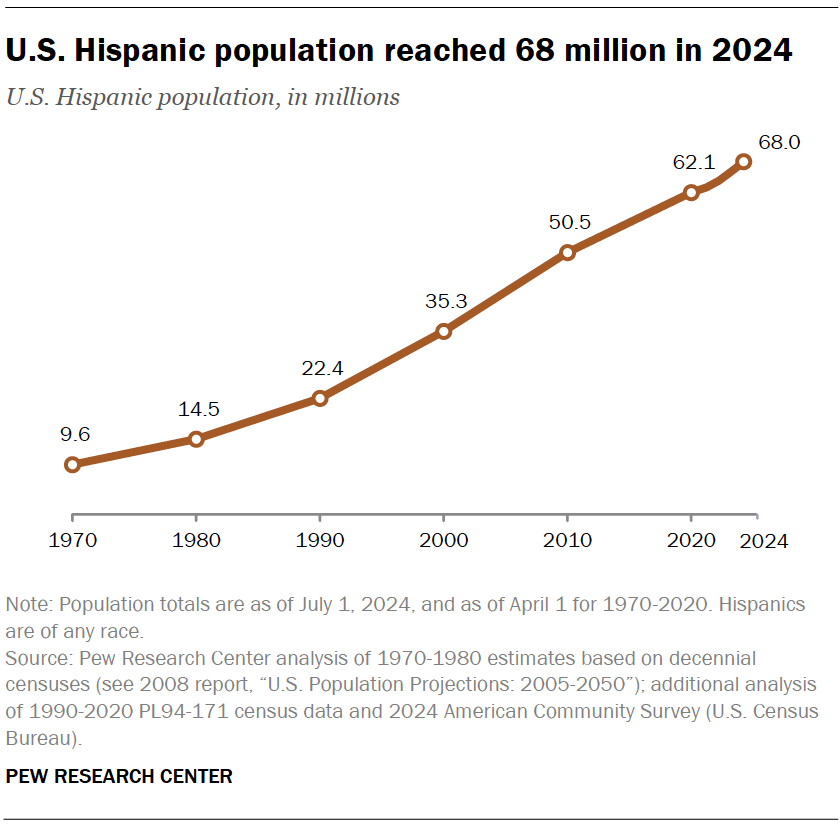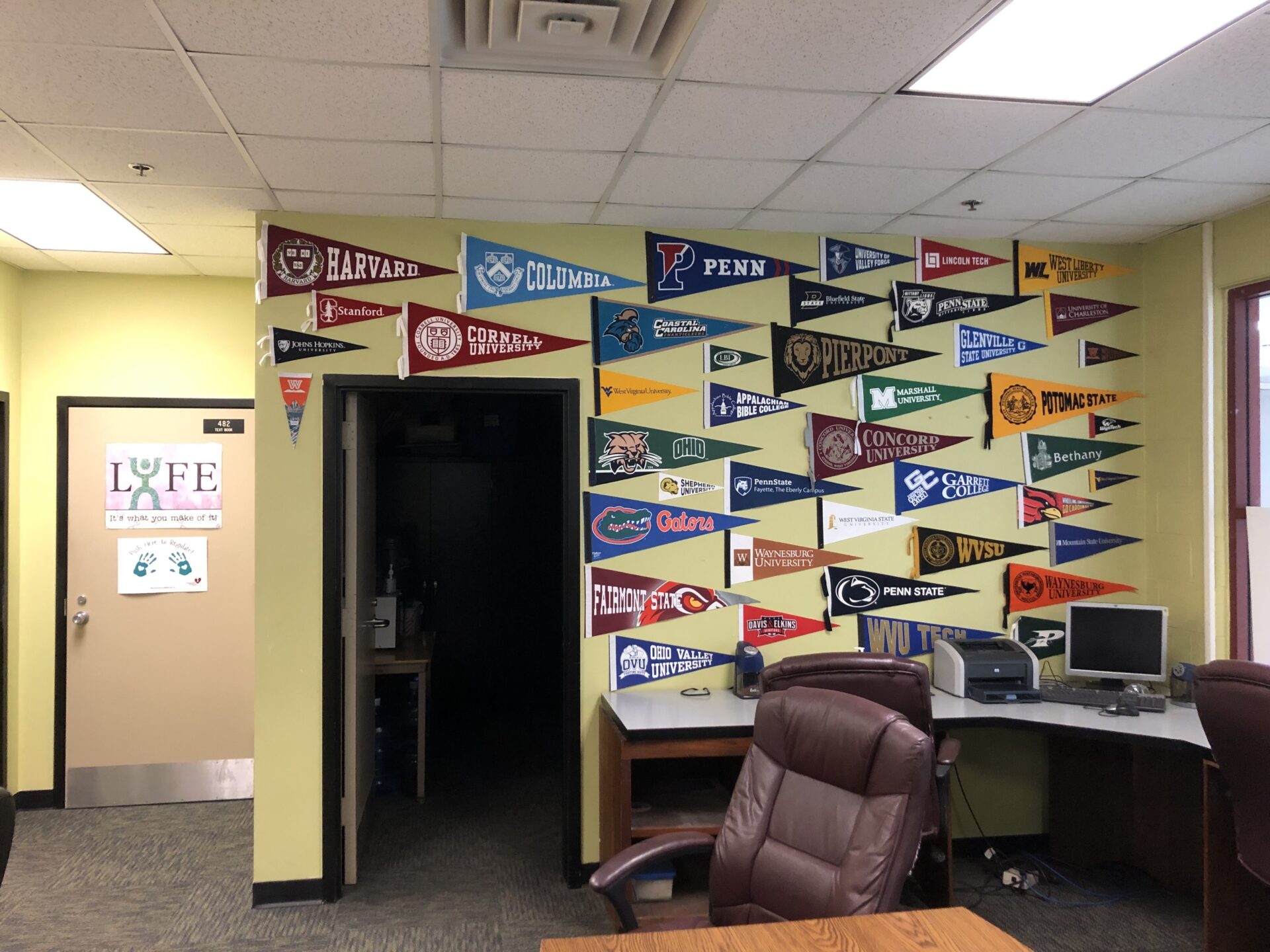Report on Southern Oregon University’s Contribution to Sustainable Development Goals through Special Education Teacher Preparation
Executive Summary
- Southern Oregon University (SOU) is actively addressing a critical shortage of special education teachers, a key challenge to achieving Sustainable Development Goal 4 (Quality Education) in the state of Oregon.
- Through expanded programs, enhanced faculty expertise, and strong community partnerships, SOU is increasing the supply of qualified educators, thereby promoting inclusive learning environments and reducing educational inequalities in alignment with SDG 10.
- The initiative also supports SDG 8 (Decent Work and Economic Growth) by providing graduates with stable, high-demand career paths and strengthens local communities in line with SDG 11.
Alignment with SDG 4: Quality Education
SOU’s initiative directly targets the objectives of SDG 4, which aims to ensure inclusive and equitable quality education and promote lifelong learning opportunities for all.
- Increasing the Supply of Qualified Teachers (Target 4.c): In response to hundreds of vacant special education positions statewide, SOU has seen a doubling of undergraduate enrollment in its licensure pathway. This surge directly increases the supply of fully credentialed teachers prepared to serve students with diverse needs.
- Promoting Inclusive Learning Environments (Target 4.a): The curriculum prepares educators to create inclusive classrooms for all learners. Graduates are equipped with skills in:
- Differentiated instruction for a wide range of learning needs.
- Application of Universal Design for Learning (UDL) and evidence-based interventions.
- Collaboration with general education teachers to foster inclusive settings.
- Enhancing Institutional Capacity: The appointment of Dr. Somer Matthews, an expert in inclusive instruction, deepens the university’s capacity to deliver evidence-based training, ensuring graduates are prepared to view disability as a natural part of human diversity.
Contribution to SDG 8 (Decent Work) and SDG 10 (Reduced Inequalities)
The program provides a dual benefit of creating sustainable career paths while simultaneously addressing systemic inequalities in education.
- Fostering Decent Work (SDG 8): Graduates enter a high-demand field with immediate job security and competitive pay. Nearly all secure full-time positions within months, contributing to productive employment and economic stability. The program also supports currently employed instructional assistants and emergency-licensed teachers in completing their credentials, a model that builds long-term capacity while maintaining classroom stability.
- Reducing Inequalities (SDG 10): By preparing educators to effectively support students with Individualized Education Plans (IEPs), learning disabilities, autism, and behavioral challenges, SOU directly contributes to reducing educational inequalities. This ensures that students with disabilities receive the specialized support required for their full inclusion and participation, as called for in SDG 10.2.
Impact on SDG 11 (Sustainable Communities) and SDG 17 (Partnerships)
SOU’s efforts are strengthening the educational fabric of southern Oregon through strategic local engagement.
- Building Sustainable Communities (SDG 11): Graduates are filling critical vacancies in school districts across the region, including Ashland, Medford, Grants Pass, and Klamath Falls. This pipeline of qualified teachers ensures that local schools can adequately staff resource rooms and provide essential services, making communities more inclusive and resilient.
- Strengthening Partnerships for the Goals (SDG 17): The success of this initiative relies on the partnership between SOU and regional school districts. The university responds to the districts’ expressed needs, and the districts, in turn, actively recruit SOU graduates, creating a sustainable, collaborative model for achieving shared educational goals.
Analysis of SDGs, Targets, and Indicators
1. Which SDGs are addressed or connected to the issues highlighted in the article?
-
SDG 4: Quality Education
- The entire article is centered on improving the quality of education in Oregon. It directly addresses the “critical shortage of licensed special education teachers” and Southern Oregon University’s (SOU) role in training and supplying qualified educators to meet the needs of students with disabilities. The focus is on ensuring that all students, particularly those with Individualized Education Plans (IEPs), receive the support they need from “fully prepared educators.”
-
SDG 10: Reduced Inequalities
- The article highlights the need to support a vulnerable group: students with disabilities. By training teachers to create “inclusive classroom[s]” and serve students with “learning disabilities, autism, behavioral challenges and other exceptionalities,” SOU’s program directly contributes to reducing educational inequalities. The article emphasizes that “every child deserves an inclusive classroom where they are supported and seen,” which is the essence of reducing inequality in an educational context.
-
SDG 8: Decent Work and Economic Growth
- The article discusses the career aspects for the special education teachers being trained. It points out that graduates are “entering a field where demand is consistently high” and that the endorsement brings “immediate job security, competitive pay and lasting relevance.” This connects to the goal of achieving full, productive employment and decent work for all, as SOU is creating a pipeline for a stable and in-demand profession.
2. What specific targets under those SDGs can be identified based on the article’s content?
-
Target 4.c: By 2030, substantially increase the supply of qualified teachers.
- The article is a direct response to this target. It details the “critical shortage” and “unfilled positions” for special education teachers in Oregon and explains how SOU is increasing the supply by doubling its undergraduate enrollment and growing its master’s program to produce “fully credentialed and job-ready” educators.
-
Target 4.5: By 2030, ensure equal access to all levels of education and vocational training for the vulnerable, including persons with disabilities.
- The program’s mission is to prepare educators to meet the needs of “students with Individualized Education Plans (IEPs)” and other exceptionalities. By filling vacant positions, SOU graduates ensure that these vulnerable students receive the specialized instruction and support they are entitled to, thereby ensuring their access to quality education.
-
Target 4.a: Build and upgrade education facilities that are child, disability and gender sensitive and provide safe, non-violent, inclusive and effective learning environments for all.
- While not about physical buildings, the article focuses on the human infrastructure required for inclusive learning environments. SOU prepares educators to “collaborate with general education teachers to design inclusive environments” and apply “Universal Design for Learning,” which are key components of creating effective and disability-sensitive learning spaces.
-
Target 10.2: By 2030, empower and promote the social, economic and political inclusion of all, irrespective of… disability… or other status.
- The article’s focus on teaching “disability as a natural part of human diversity” and preparing educators who can “see and understand every child, not their label” is a direct effort to promote the social and educational inclusion of students with disabilities from a young age.
-
Target 8.5: By 2030, achieve full and productive employment and decent work for all women and men… and equal pay for work of equal value.
- The article states that “Nearly all graduates secure full-time teaching positions within months” and receive “competitive pay.” This demonstrates how the program contributes to full and productive employment in a specific, high-demand sector.
3. Are there any indicators mentioned or implied in the article that can be used to measure progress towards the identified targets?
-
Indicator related to Target 4.c (Qualified Teachers):
- The article implies the official indicator 4.c.1 (Proportion of teachers with the minimum required qualifications). It highlights the problem of districts relying on “emergency or restricted licenses” versus SOU’s goal of producing “fully credentialed” teachers. A measurable indicator of progress would be a decrease in the number of teachers on emergency licenses and an increase in fully licensed special education teachers in southern Oregon districts.
-
Indicators of Teacher Supply and Demand:
- The article provides several quantifiable data points that can serve as indicators. These include: the number of “unfilled positions” and the fact that “hundreds of special education positions remain vacant each year” (measuring the shortage), and the fact that “Undergraduate enrollment in the licensure pathway has doubled this year” (measuring the response). Tracking these numbers over time would show progress.
-
Indicator related to Target 8.5 (Employment):
- The article implies an indicator related to the employment rate of graduates. The statement that “Nearly all graduates secure full-time teaching positions within months” suggests a near-100% employment rate for program graduates, which can be tracked to measure the program’s success in providing a pathway to decent work.
-
Indicator of Service Provision for Students with Disabilities:
- The article mentions that without enough teachers, schools “struggle to staff resource rooms, co-teaching models and IEP services.” An implied indicator of progress is the percentage of students with IEPs who are receiving all their mandated services from a fully qualified teacher. The successful and complete staffing of these services would be a direct measure of improved educational access for students with disabilities.
Summary Table of SDGs, Targets, and Indicators
| SDGs | Targets | Indicators |
|---|---|---|
| SDG 4: Quality Education |
|
|
| SDG 10: Reduced Inequalities |
|
|
| SDG 8: Decent Work and Economic Growth |
|
|
Source: news.sou.edu







